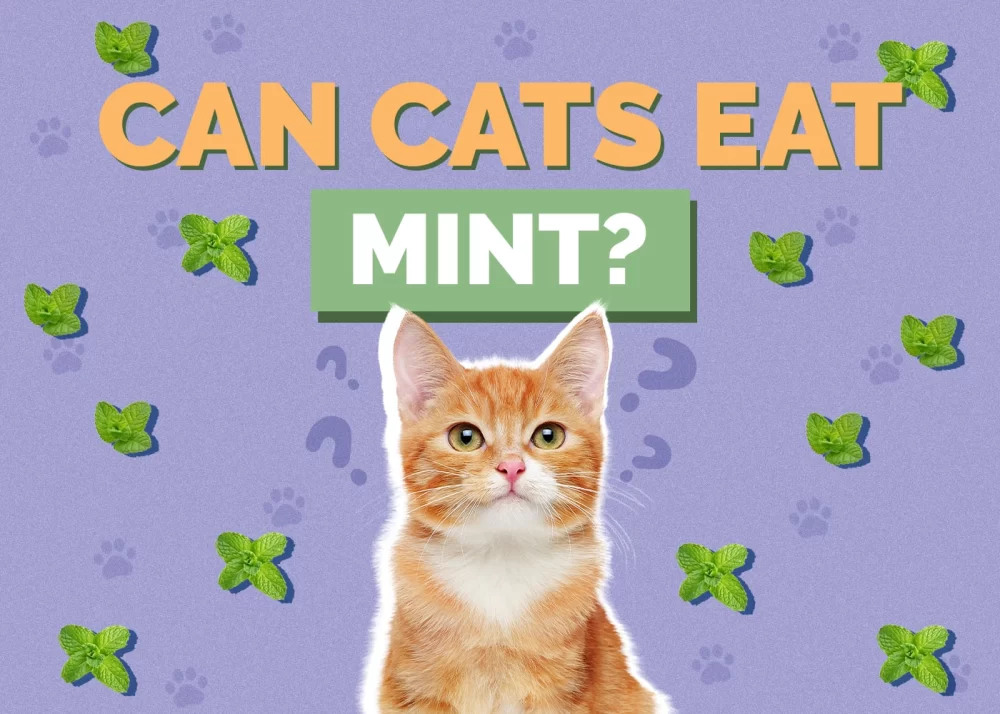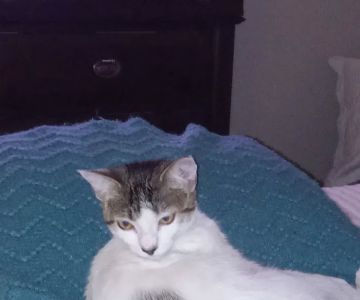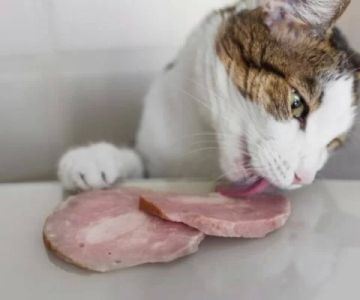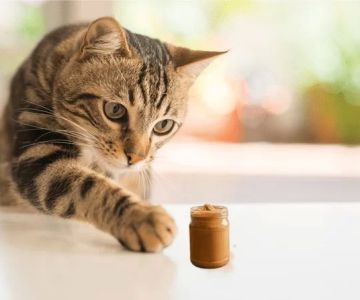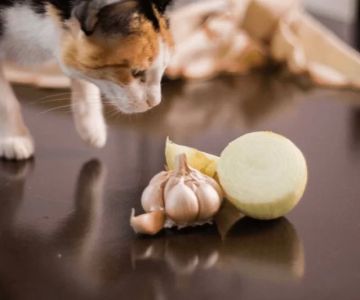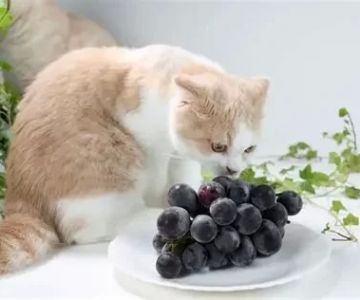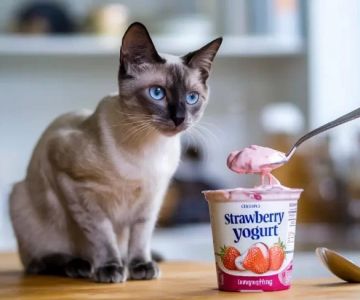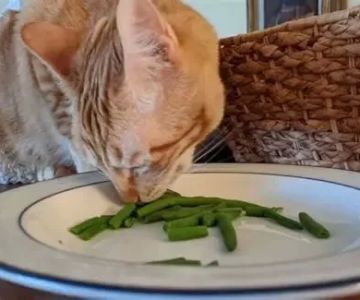Can Cats Eat Mint Leaves? Understanding the Risks and Benefits
If you're a cat owner who loves herbs, you've probably wondered whether your cat can safely enjoy mint leaves. Cats are naturally curious creatures and might be attracted to plants like mint, which are often grown in kitchens or gardens. But before you let your furry friend nibble on that fresh mint sprig, it's important to understand the potential risks and benefits associated with mint leaves and your cat's health.
1. What is Mint and Why Are Cats Drawn to It?
Mint is a popular herb known for its fragrant leaves and strong, refreshing scent. It belongs to the Lamiaceae family and includes varieties like peppermint and spearmint. These plants contain menthol, which gives them their distinctive aroma and flavor. While humans enjoy mint for its culinary and medicinal benefits, cats are often attracted to the scent as well. But does this mean that mint is safe for them to eat? Not necessarily.
2. Is Mint Safe for Cats to Eat?
Generally, mint is not considered to be toxic to cats, but there are a few important considerations. If your cat eats a small amount of mint, they may not experience any adverse effects. However, consuming large quantities of mint can lead to digestive issues, such as vomiting or diarrhea. Moreover, some types of mint, especially peppermint, may contain compounds that can irritate a cat's stomach. It's also worth noting that while fresh mint leaves might seem harmless, mint oils and other concentrated forms of mint are much more potent and can be toxic to cats.
3. Potential Toxicity of Mint Oils
When it comes to mint and cats, the real danger lies in mint oils. While fresh mint leaves might not cause immediate harm, mint oils—commonly used in aromatherapy or as flavoring agents—can be extremely toxic to cats. These oils are highly concentrated and can cause a variety of health issues when ingested or inhaled by your feline companion. Symptoms of mint oil toxicity include drooling, vomiting, lethargy, and difficulty breathing. If your cat has ingested any mint oil, it's essential to seek immediate veterinary care.
4. Signs of Mint Toxicity in Cats
While mint leaves themselves might not always cause harm, it's important to keep an eye out for signs of toxicity. If your cat eats too much mint, here are some common symptoms to watch for:
- Vomiting or diarrhea
- Loss of appetite
- Lethargy or unusual tiredness
- Excessive drooling
- Changes in behavior, such as increased agitation or restlessness
If you notice any of these symptoms after your cat has consumed mint, contact your veterinarian right away. In most cases, a visit to the vet will be necessary to ensure your cat's well-being.
5. Should I Let My Cat Eat Mint Leaves?
The answer to this question depends on the circumstances. In general, it's best to prevent your cat from eating mint leaves, especially if you're unsure of the type of mint or how much they've consumed. If you do allow your cat to nibble on a small amount of mint, observe their behavior closely for any signs of discomfort. Cats, just like humans, can have different tolerances to certain foods, so what may be safe for one cat may cause digestive upset in another.
6. Are There Any Benefits to Cats Eating Mint?
While mint is generally not a necessary or essential part of your cat's diet, it does contain some beneficial properties. Mint has been known to help with digestion and can even have a mild calming effect on cats. Some owners use mint as a natural remedy to help with mild digestive upset. However, these benefits are usually more relevant to humans than to cats, and it's important to note that there are safer and more effective ways to manage your cat's health.
Mint can also serve as an environmental enrichment tool for your cat. If your cat is intrigued by the plant, consider growing cat-friendly plants like catnip or cat grass, which are safer and more suited to your pet’s needs. These plants can provide a stimulating and safe alternative to mint.
7. What to Do If Your Cat Eats Mint Leaves
If you catch your cat eating mint leaves, don’t panic. In most cases, a small amount will not cause significant harm, but it’s still a good idea to monitor them closely for any signs of discomfort or illness. If your cat eats a large quantity or seems to be showing symptoms of toxicity, contact your vet immediately for advice. The vet may recommend bringing your cat in for a check-up or providing supportive care to help them recover.
8. Alternatives to Mint for Cats
If you're looking for safe and healthy alternatives to mint for your cat, there are a number of cat-friendly plants that are not only safe but also beneficial to your cat's well-being. Consider growing herbs like catnip, cat grass, or valerian root. These plants are safe for cats and can offer both mental stimulation and relaxation without the risks associated with mint.
In conclusion, while mint leaves are not typically toxic to cats in small amounts, they should be consumed with caution. Always monitor your cat closely if they come into contact with mint and avoid allowing them to consume mint oils or large quantities of mint leaves. When in doubt, it's always better to provide safe, cat-friendly alternatives to herbs like mint. Your cat’s health and safety should always come first!

